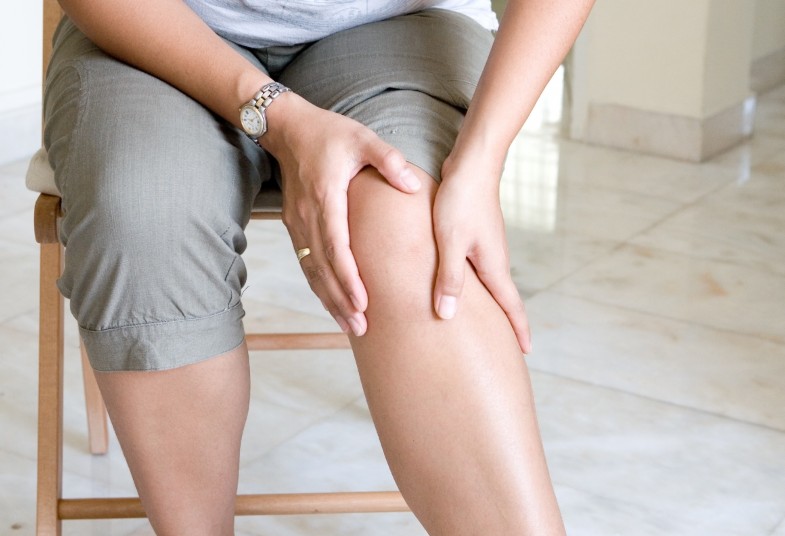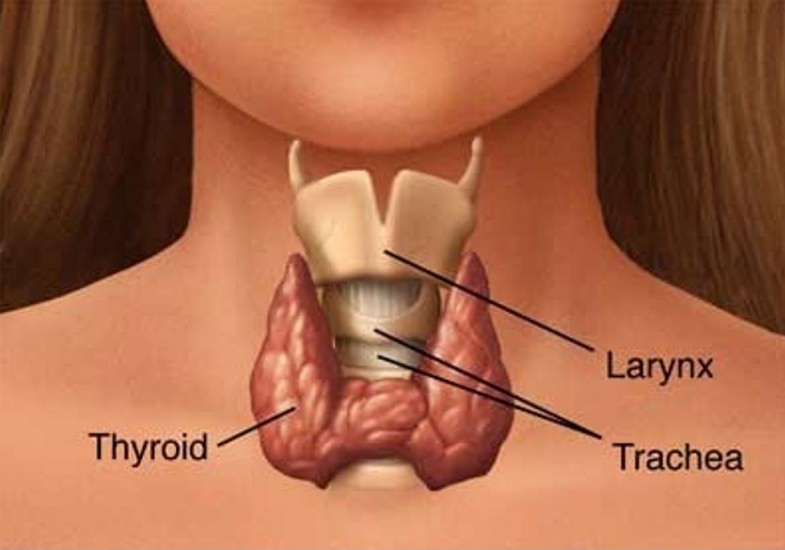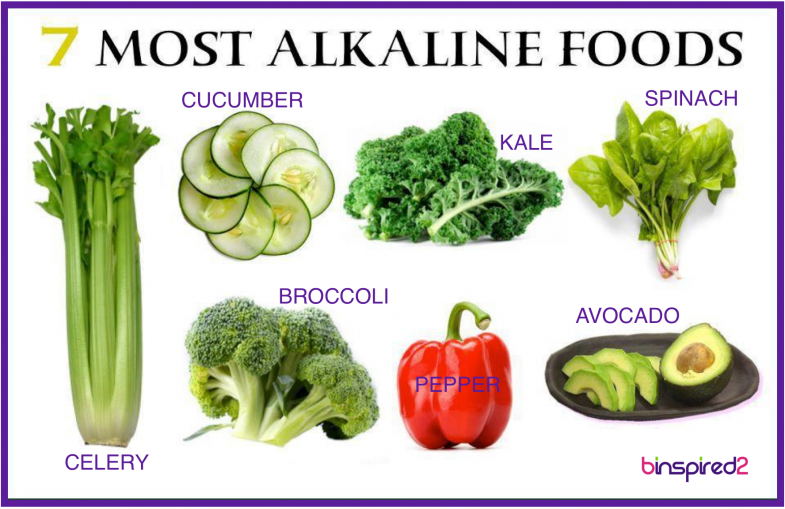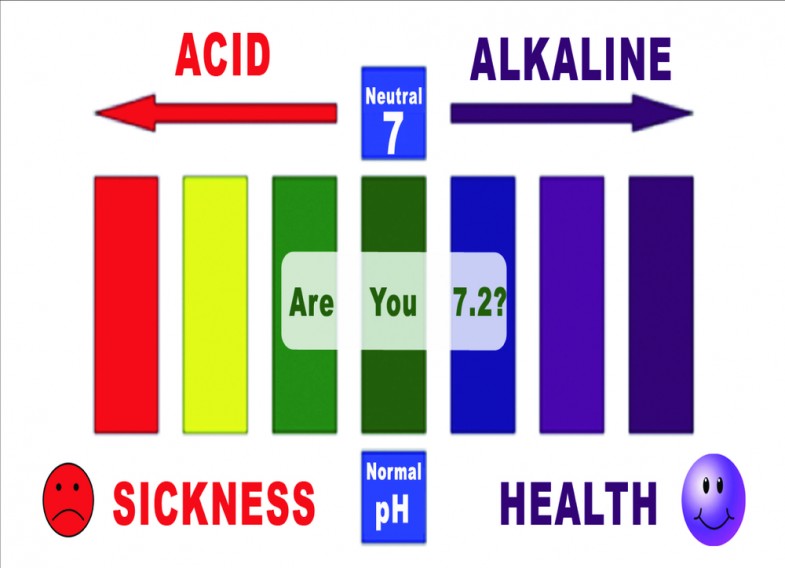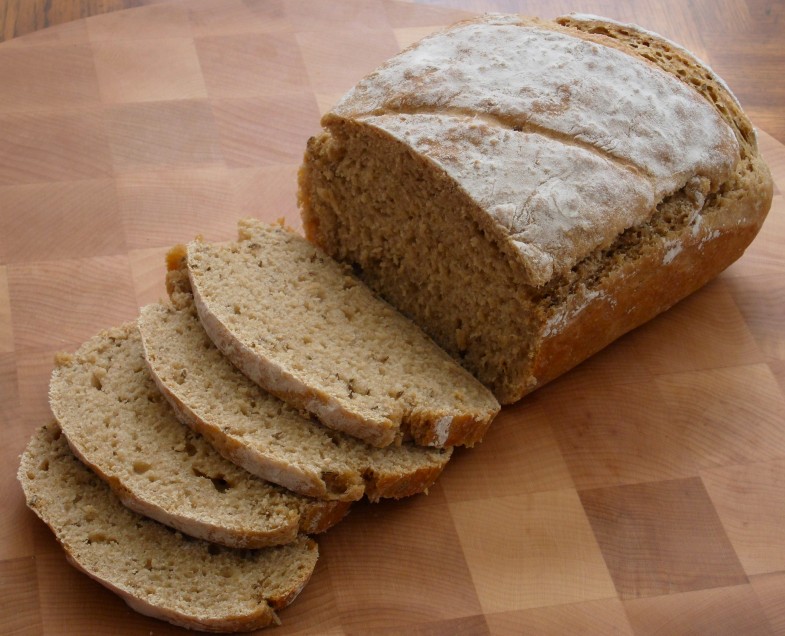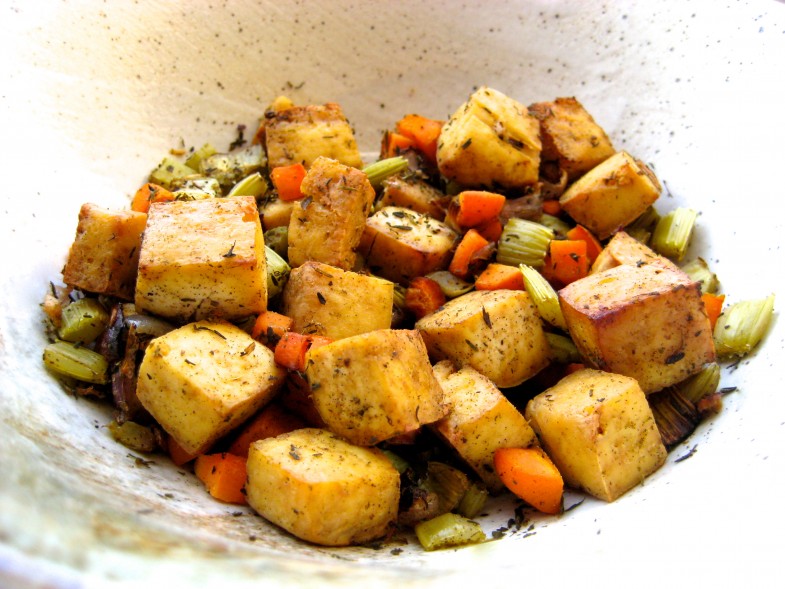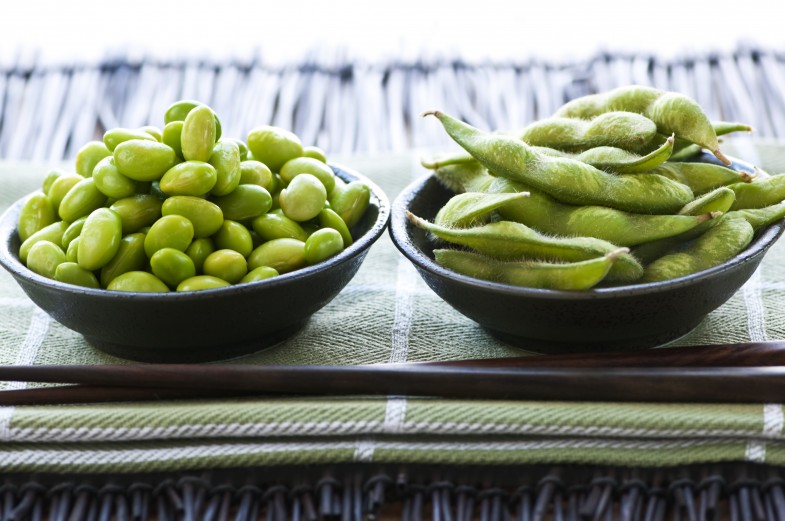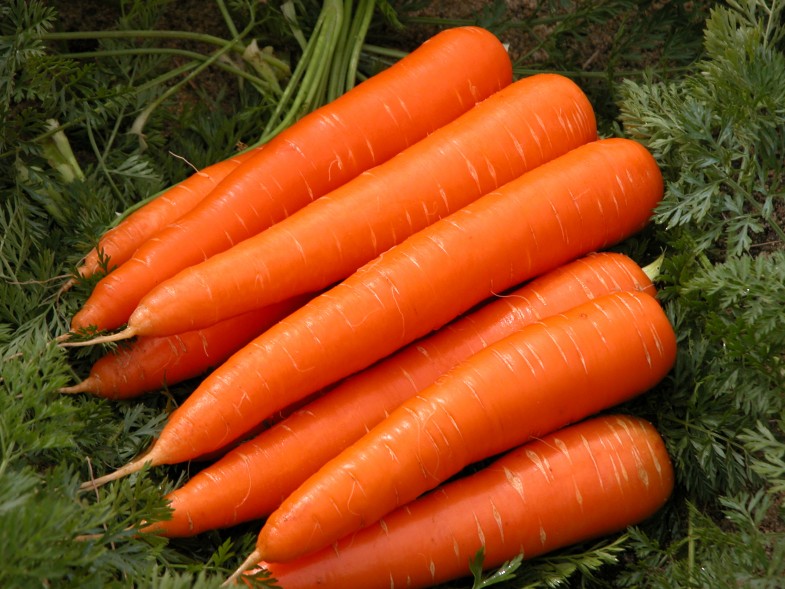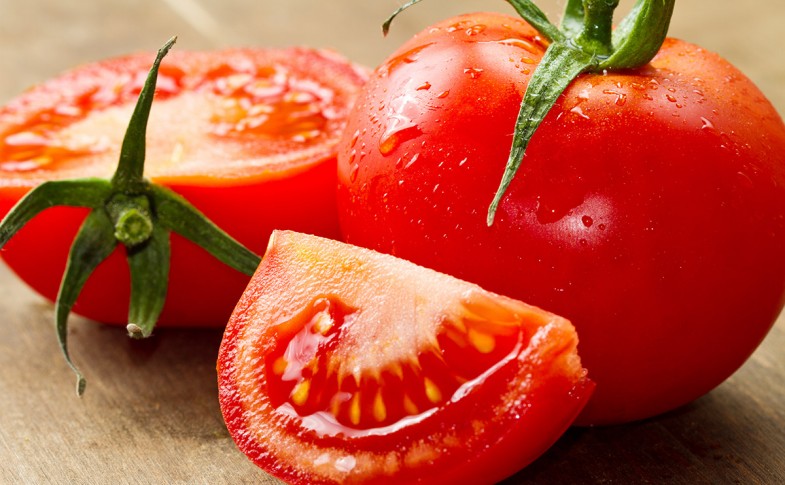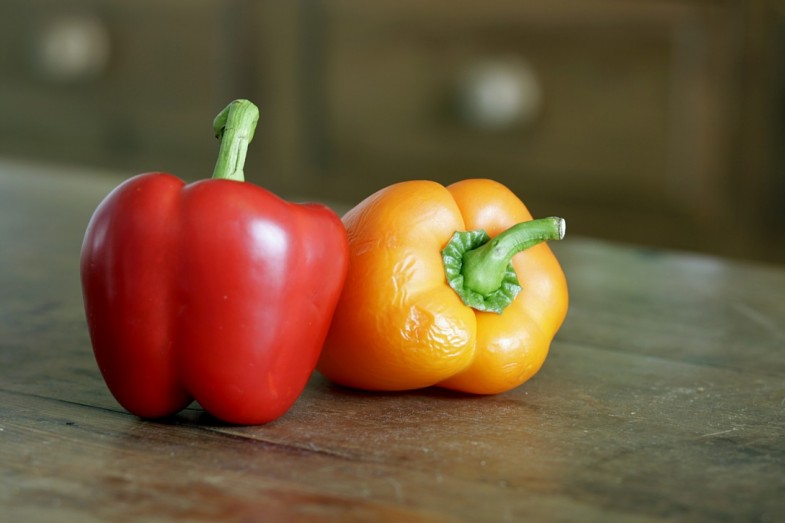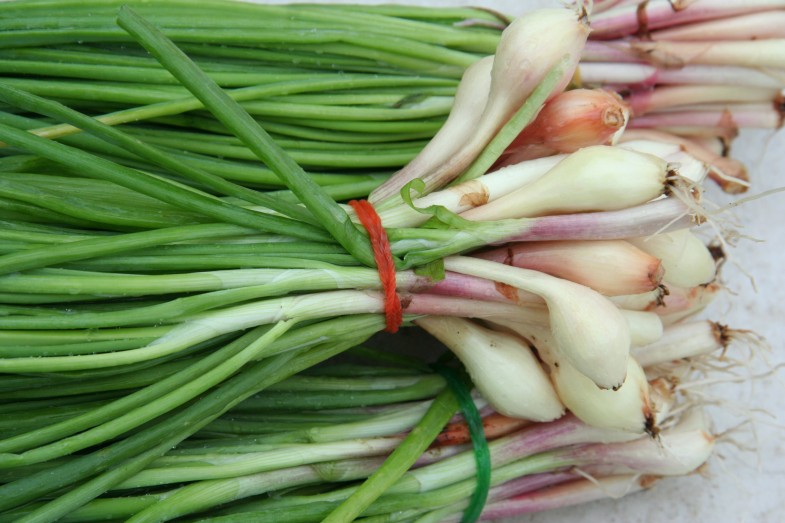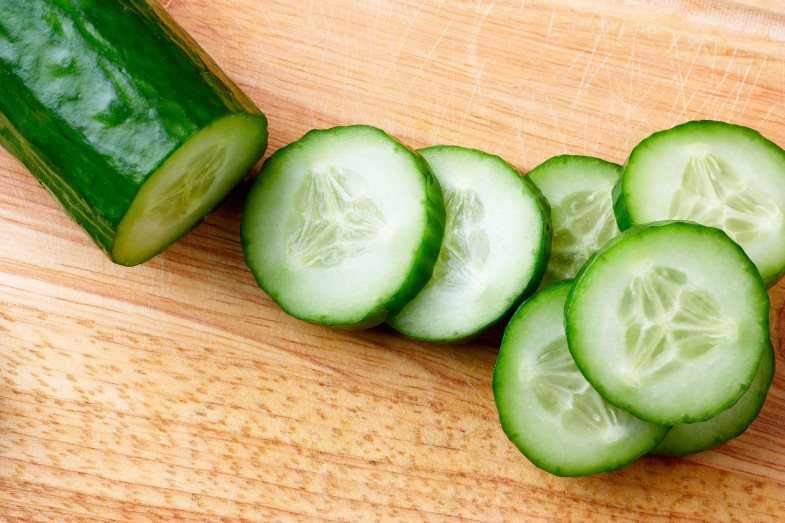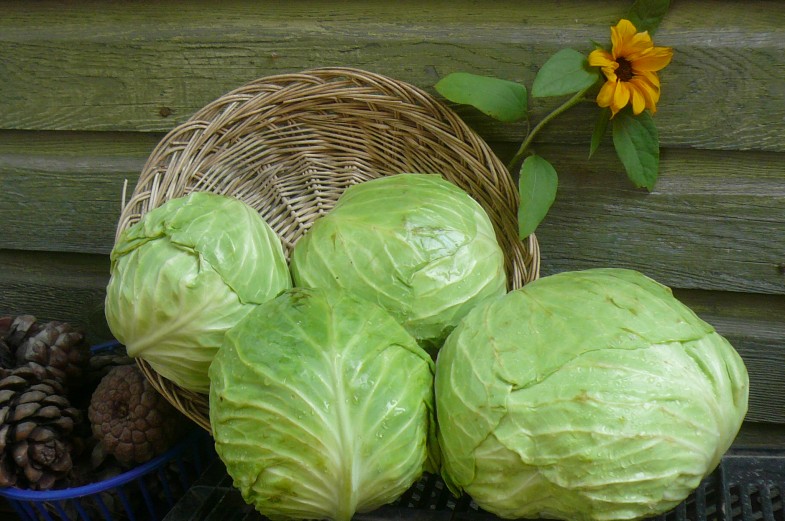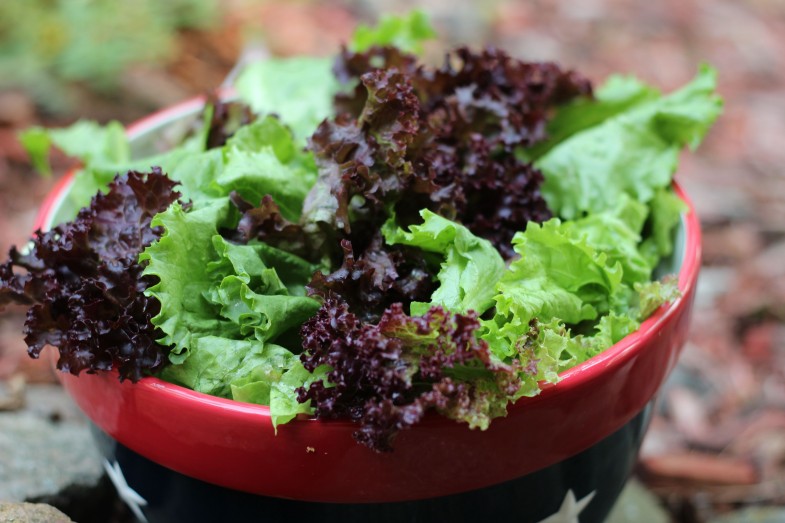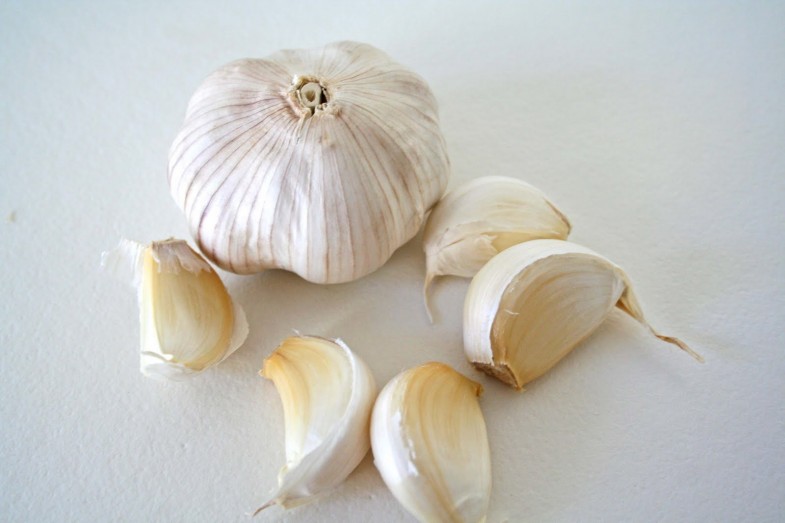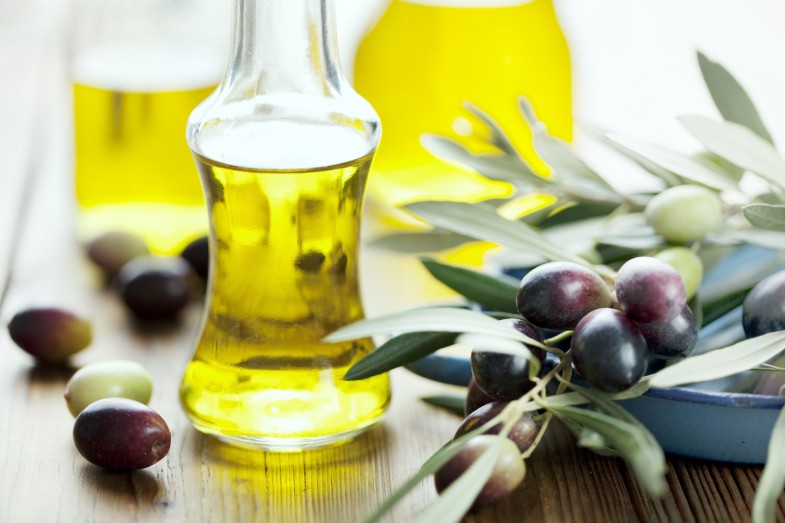Source: herbs-info.com
It’s common to hear complaints of joint pain and difficulty walking as a person ages. But why do you think this happens? In the area where the joint meets the socket, there is fluid called synovial fluid to cushion the bones; this fluid lessens with age. Without synovial fluid to cushion joint movement, the bone can damage the tissue surrounding it, causing pain and inflammation. This condition is typically called arthritis. But did you know that another cause of arthritis is a problem with the production of uric acid crystals?
The Link Between The Thyroid and Uric Acid Levels
The thyroid is a small, butterfly-shaped organ found in the neck. It is part of the body’s endocrine system – which is responsible for the production and regulation of hormones in the body. The thyroid specifically produces hormones that regulate growth and metabolism, which explains why thyroid problems often affect a person’s weight and energy levels. But the hormones produced by the thyroid also regulate the amount of uric acid found in the blood.
In hypothyroidism, the kidneys don’t excrete uric acid adequately, leading to their build-up in the joints as crystals. In hyperthyroidism, the body coverts purines to uric acid too fast, leading to build-up in the joints as well. These crystals damage the tissues in the joint, which causes pain during movement. Prolonged damage to the tissue can cause repeated inflammation and eventual scarring, causing poor mobility to complete immobility.
Can An Alkaline Diet Help?
To counteract the high uric acid levels in the blood, alkalinization therapy is often part of the medical management of gout. But can an alkaline diet work just as well? It has long been debated whether or not alkaline diets have health benefits or is just a passing fad, with counterarguments stating that the body’s pH is maintained at a very constant level despite the acidity of the food being consumed.
However, it goes deeper than this: A recent study in 2010 published in the Nutrition Journal by Kanbara, A., et. al. revealed that an alkaline diet can cause an increase in uric acid excretion through the urine. On the other hand, acidic diets suppress uric acid excretion in the urine.
This study strongly suggests that by adjusting the diet to include alkaline food, it can promote the removal of uric acid in the blood , which implies hope for the removal of formed uric acid crystals in the joints. However, recent research on the favorable effects of dietary modification that specifically targets uric acid crystals in gouty arthritis has yet to be published (the most recent study was in 1959!)
Eating More Alkaline Food
An alkaline diet is typically high in vegetable and legume intake – food that has high pH or low acid content. An alkali diet can include the following food products:
• Rye bread
• Tofu
• Okra
• Green soybeans
• Carrots
• Green, leafy vegetables
• Tomato
• Red and yellow pepper
• Pumpkin
• Green onion
• Cucumber
• Cabbage
• Lettuce
• Garlic
• Dried seaweed
Note also how the typical acidic or acid-forming diet contains high levels of sugars, processed foods, bread and meat. Another interesting anomaly here is lemons. Lemons are very acidic yet are considered by proponents of this system to be alkaline forming.
Different studies have shown how beneficial alkaline therapy and alkaline diets can significantly reduce the levels of uric acid in the blood, which paves the way for research on their effects on uric acid crystals. Can you believe that simply tweaking your diet to include more greens and other fruits and vegetables and help reduce the symptoms of gouty arthritis? Medical research indicates that this idea has potential. Surely we have reached the point where “we have the technology”: We can analyze these ideas using metadata and large numbers of people in order to arrive at solid conclusions.
